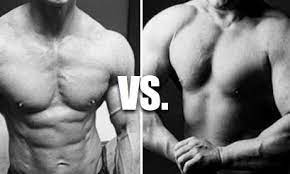Ozempic and Fat Loss

Ozempic for fat loss has become a craze in todays world. Celebrities from all over are dopping inches and keeping their secrets. In this forum, we will delve into the realms of sports nutrition and the latest breakthroughs in health. We turn our attention to the intriguing link between Ozempic and fat loss.
Ozempic is a medication initially designed for managing type 2 diabetes. It has emerged as a compelling ally in the pursuit of fat loss. The key to understanding its potential lies in its unique mechanism and the promising results it has demonstrated in clinical trials.
TGA approved
Approved by The Therapeutic Goods Administration (TGA), Ozempic has found its way into the spotlight as a tool for weight management. Its once-a-week injection schedule, distinct from previous medications, has garnered attention for its convenience and effectiveness.
As we explore the benefits, it’s crucial to acknowledge the significance of a balanced approach. While Ozempic can contribute to fat loss by reducing appetite and slowing stomach emptying, it’s not a standalone solution. Combining the medication with a healthy diet and regular exercise amplifies its impact.
Risks:
Now, let’s address the elephant in the room – the potential risk of muscle loss. Studies have shown a correlation between Ozempic use and muscle loss, emphasizing the importance of incorporating resistance training into your fitness routine. This revelation is pivotal in maintaining a healthy balance between fat and muscle mass, crucial for long-term well-being.
Amid the media frenzy surrounding Ozempic, it’s essential to debunk the notion of it being a magic bullet. Our community values a holistic approach to health. While Ozempic can facilitate fat loss, it’s most effective when complemented by lifestyle changes.
Considering its popularity, obtaining Ozempic has become a challenge due to production shortages. This temporary hurdle underscores the high demand and the medication’s significant impact on individuals seeking weight management solutions.

In conclusion, Ozempic holds promise as a contributor to fat loss, especially when integrated into a comprehensive approach to health. As you explore its potential, remember that it’s a supportive tool, not a standalone solution. The key to unlocking its benefits lies in a balanced lifestyle.- That includes proper nutrition, regular exercise, and the guidance of healthcare professionals.






